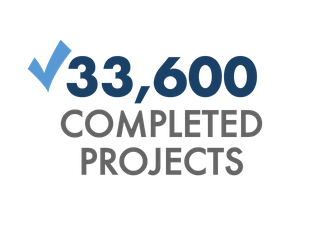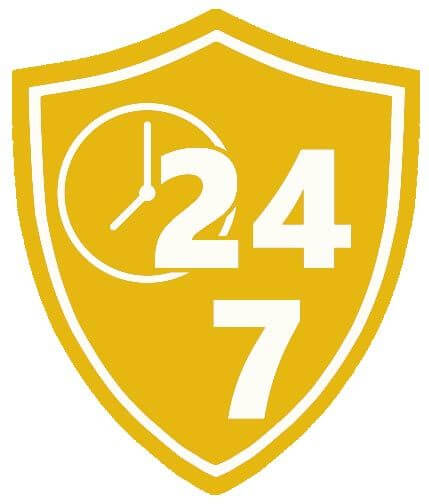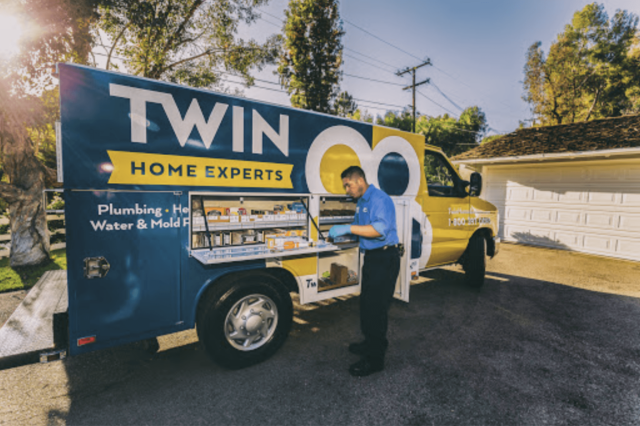Dealing with Crawlspace Sewage
No one likes a sewage leak. Sewage in a modern home is usually neatly carried away through swift-moving pipes but when those pipes fail, the sewage winds up wherever the pipe damage occurs. Repairing a sewage pipe failure is messy, dangerous, and requires expert care to ensure your home is safe after the job is done. The situation is particularly challenging if the sewage pipe that breaks is in your crawlspace. This creates crawlspace sewage that absolutely must be cleaned up, repaired, and sanitized to ensure that everything is safe.
Schedule your mold removal service with us today! Call (877) 941-1640 to get started.
What Is Crawlspace Sewage?
Most houses have a space underneath where the utilities like plumbing pipes and wiring run through. This area underneath your house is known as the crawlspace. Sewage pipes from your toilets and showers pass through the crawlspace as they carry wastewater and sewage from your home to the sewer.
If a sewage pipe breaks underneath your house, this creates crawlspace sewage. Raw sewage may be dropped or sprayed under the crawlspace which creates a health hazard as well as a major plumbing problem. Fumes from the raw sewage under the crawlspace can make people sick and your toilets won’t be safe to use until the pipes are repaired. The sewage can even poison the soil or contaminate the other utility features under your home. You will need the pipe repaired and the sewage cleaned up before the home is safe to live in.
How Does It Happen?
Crawlspace sewage occurs in two different ways. It can clog and flood into the crawlspace or a sewage pipe can break. The most common source of crawlspace sewage is back-flow. If your sewage pipes clog, there’s a chance that backed-up sewage will find a way into your crawlspace even if you don’t initially notice a problem with your toilets. Small leaks can also lead to back-flow and overflow problems.
Broken pipes, however, happen either because of freezing or corrosion. In the winter, the pipes underneath your house are protected from weather, but not from the ambient temperature. If it gets too cold, your sewage pipes can burst which will create a mess underneath the house that must be remedied. Corrosion from oxidation or electrolyzing plumbing joints can also allow sewage to leak under your house creating crawlspace sewage.
How to Handle Crawlspace Sewage
Crawlspace sewage has to be cleaned up before the underlying plumbing issue can be fixed. This is because plumbers cannot safely work in an area that is suffused with raw sewage. It is also not safe to live in a home with raw sewage fumes coming up through the floor, even if it’s too faint to consciously notice. This means you will need to call a sewage cleanup team to clear out and sanitize your crawlspace before repairs can commence.
Crawlspace sewage is treated with a careful process. First, your team will suit up to keep themselves safe. They will then seal any mechanical systems in the crawlspace to keep them safe from the sewage. They will begin safely disposing of standing sewage and waste with special equipment. Anything permanently damaged will be removed. Any insulation that has been damaged will be removed and thrown away, and will need to be replaced.
Finally, your team will completely clean and decontaminate the area and machinery under your home so that it’s safe and sanitary once again. Lab tests will be taken to ensure there is no lingering sewage in the soil or mold growth that has occurred in the moisture.
Why Call Twin Home Experts
When it comes to crawlspace sewage, you need an expert team that knows exactly what they’re doing. This is essential for the safety of the team and the professional level of clean you need for home safety. That is exactly why you should call the Twin Home Experts. The Twins and their team are dedicated to ensuring that your home is completely safe and free from damage when the job is done.


A SAFE AND CLEAN HOME
Is One Click Away
Let’s get started on your project! Contact our team online or give us a call at (877) 264-5052.


